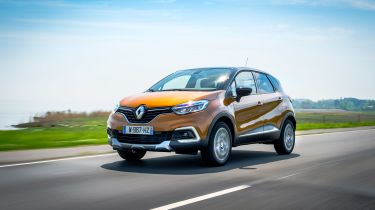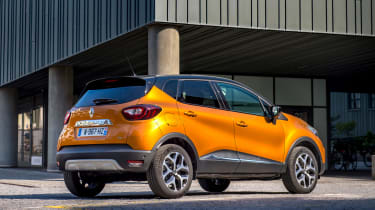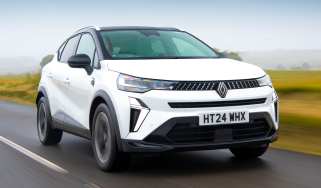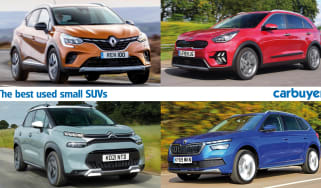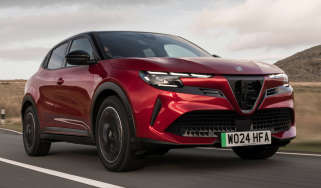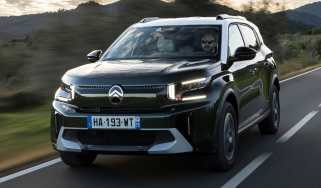Used Renault Captur review: 2013 to 2019 (Mk1) - Engines, performance and drive
The Renault Captur is comfortable and easy to drive, but it’s not particularly enjoyable or fun
The Renault Captur is based on the Clio supermini, but it’s not as much fun as its sibling. The Captur is like almost all small SUVs when it comes to the driving experience – it’s designed to be comfortable and easy to drive rather than enjoyable.
That means it has a good amount of appeal for certain buyers, but it’s a shame that the Captur is rather dreary to drive. The Mazda CX-3 and SEAT Arona are both more fun to drive and more comfortable than the Captur, for example.
What is the Renault Captur like to drive?
The Renault Captur feels a bit like the smaller Renault Clio to drive. Its light steering is great in town and makes it easy to manoeuvre. Out on country roads, the steering lacks enough feel to give you confidence for quick cornering, while significant body lean will also put you off driving quickly.
While the Captur makes for relaxing long drives, the SEAT Arona is more fun. The Captur is generally comfortable, with supple suspension, but some potholes send a bigger impact through the interior than you’d notice in a Peugeot 2008, for example.
The manual gearbox isn’t very pleasant to use, but then the EDC automatic gearbox is also merely fine, rather than good – it does the job, but you won’t get any pleasure from operating it. It’s the same with most of the engines – the 1.3-litre motor is smooth and quiet, but all the others are rather noisy and aren’t very enjoyable to use.
Which engine should I choose?
The 1.3-litre TCe petrol engine is the quickest version, with 0-62mph taking 10.2 or 9.5 seconds, depending on whether you choose the 128bhp or 148bhp model. We prefer the manual, as the automatic is slow to respond, whether you use the steering-wheel-mounted paddles or not. The 148bhp engine is only available with an automatic, so we’d avoid this model entirely, especially since it’s more expensive to insure and doesn’t feel that much faster than the 128bhp model.
The earlier 118bhp 1.2-litre engine isn’t as good - it’s noisier and isn’t as smooth, although performance is okay. We actually prefer the entry-level 0.9-litre TCe. That sounds like a very small engine, and it is, but because it’s turbocharged it actually feels punchy enough. Officially, it’ll get the car from 0-62mph in 13.1 seconds, although it feels faster than this time suggests. It’s a good fit for the Captur’s nature, which doesn’t really suit a big, powerful engine. While it is very quiet at moderate speeds, the lack of a sixth gear means it's a little loud on a motorway run.
The 89bhp 1.5-litre dCi diesel is a reasonable performer that makes more sense if you often head on to the motorway on longer trips. There was a more powerful 108bhp model available in earlier cars as well, which has a good balance of performance and economy.
Be prepared to sacrifice a little bit of comfort with the diesel, though. It’s a little rattly and tends to vibrate through the pedals and the steering wheel more than the petrol. Still, if you cover a lot of miles each year, we’d say a diesel is worth it.

